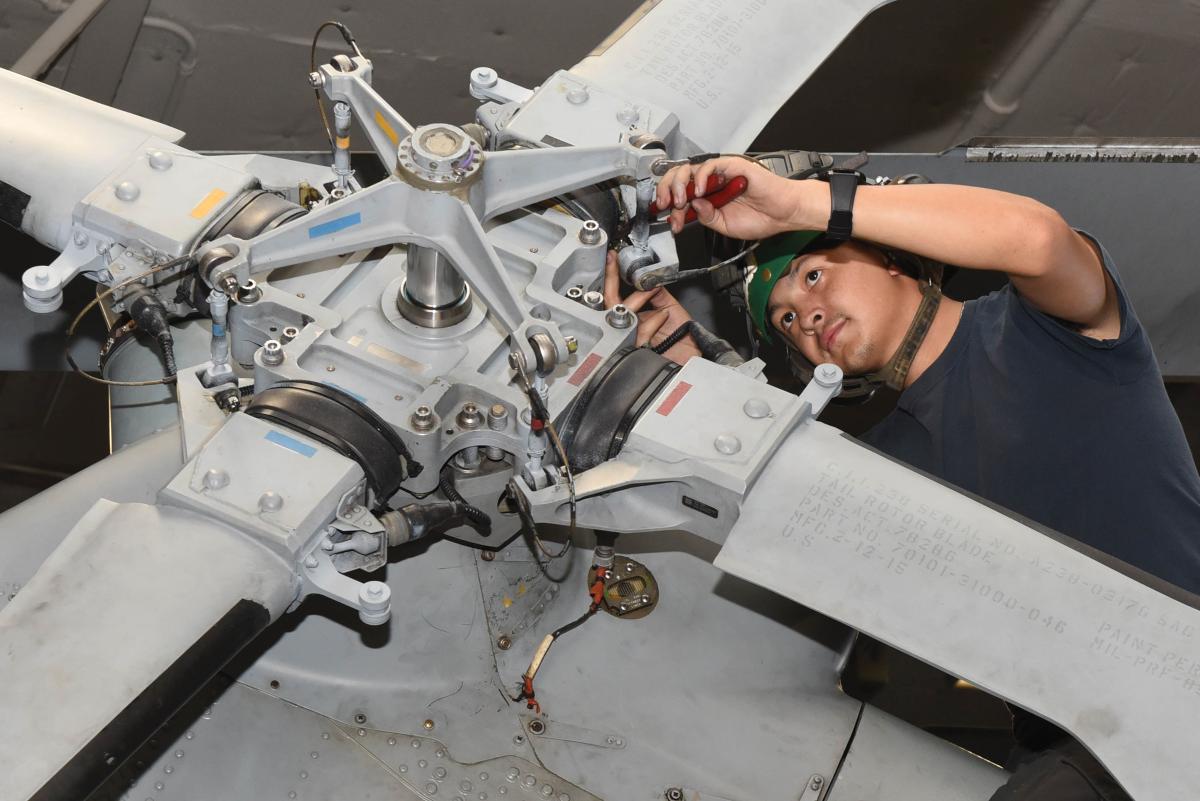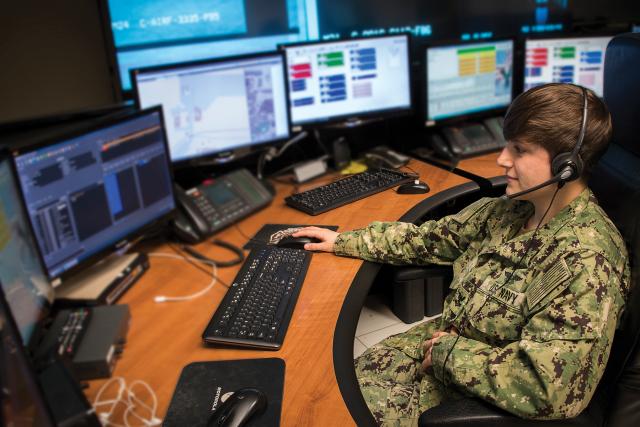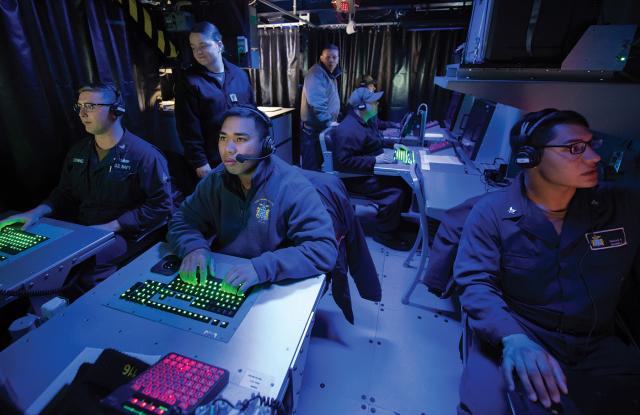Leadership is a word that often is used too loosely. It is not a functional, all-encompassing quality. It must be unpacked to really understand and explain what it means and how its skills can be applied both in uniform and in the civilian sector. In the military, we are conditioned to value the general skills embodied by those who can manage any organization, solve any problem, and lead any team, irrespective of the talent level. In the civilian sector, employers generally value functional experts such as production, sales, finance, human resources, or program management before they consider general leadership attributes. While the military certainly develops functional expertise, the services could strengthen professionalism by widening the use of relevant industry-standard certifications and qualifications. This would improve expertise and formally recognize functional competencies. It also would allow military leaders to perform their active-duty jobs better while making every veteran more ready to transition when that time arrives.
Crosswalk Your Competencies
A great privilege during my Navy career was the opportunity to escort groups of civilians on tours of Navy installations. One of the goals was to help them understand the great talents young men and women could bring to the civilian workforce when their time in service ended. When escorting a group of senior leaders from Puget Sound area companies on a tour of the USS Alabama (SSBN-731), for example, it was a great opportunity to learn what civilian leaders valued.
The submarine crew did a wonderful job showcasing their equipment. A key part of the tour was a damage control demonstration on the boat’s mess decks—more commonly referred by the public as the dining hall. The mess decks is the only area large enough on a submarine to accommodate the group of about 20 civilians and the sailors. As the demonstration—or more accurately, the opportunity to impress the civilians with how many ways the submarine could sink—got going, I faded into the background to stay out of the way. I observed a chief petty officer sitting at a table in the corner with a stack of paper forms, a calculator, and a pencil. He was busy punching keys on the keyboard and marking things off on forms. I asked the chief what he was working on.
“I’m planning our food loadout for our next 90-day patrol,” he told me. The chief—the lead cook—had done the meal planning for the approximately 150 crew members and identified all the necessary ingredients. He further noted that since the boat would be submerged for the patrol there was not much of a margin for error on the loadout. He then was going to obtain the ingredients and load them into the limited storage areas in the reverse order he would need them, ensuring that over the 90-day period the boat did not run out and nothing expired.
When the damage control demonstration was over, I asked the civilian leaders if their companies valued competencies such as inventory management, stock control, critical thinking, problem solving, and logistics planning. Every one of them acknowledged a need for these skills. The chief then recapped his task, and they immediately made the crosswalk between meal planning and the functional competencies they prized.
Get Certified
Escorting and interacting closely with private sector leaders offered me insights into what mattered to them. The main lesson is that sailors must take the time to unpack what is really meant by leadership. Formally building on professional competencies while in uniform will open up opportunities in the civilian workforce.
The problem is that sailors often fail to appreciate the richness of the skills they possess, because they do not realize what they are or that they are valued. In the example above, the chief is simply doing what is necessary to serve breakfast two months from now. The functional competencies necessary to do this type of planning have been learned over time and are just part of the job. When the chief prepares to transition, most likely the transferable skill he will highlight is his expertise in cooking. He would no doubt be a superb addition to any food service team, but he has so much more to offer. It is important to hone underlying functional competencies and articulate these elements of individual military specialties.
A one-week-long Transition Goals, Plans, Success (Transition GPS) program is no substitute for unpacking your leadership skills during your military career. While these transition programs continue to improve, it is not realistic to expect transitioning members to absorb all of the lessons and skills for success in the civilian sector in such a short time. Think of extensive—weeks and monthslong—training pipelines that most enlisted sailors and officers must complete before their first operational assignment. It is not realistic to expect that one week of transition class will adequately prepare a service member for the culture and processes of the private sector workforce.
Transition from active duty to the private sector is a unique situation. Think about the number of active-duty assignments you were assigned to perform for the first time. You had the training and foundational experiences to be successful, but you were expected to develop in the new role and get ready for the next one. In the private sector, the goal often is to hire somebody who has done the job before. This is a subtle but important difference in the approach.
I learned this lesson the hard way in transition. I felt confident that a surface warfare officer with 25 years of operational experience and afloat/ashore command experience made me the perfect “executive-level utility infielder.” Any company would want to hire me to solve their problems. After all, the Navy had trained me well. I felt confident in my value proposition. The reality in the private sector was much different. Hiring managers typically had no interest in an executive-level utility infielder. They wanted a left-handed first baseman who had played that position several times and could take the field and add immediate value to the team.
One way to increase marketability when leaving active duty is to focus on relevant industry-standard certifications and qualifications. In my case, I focused on attaining the Project Management Institute (PMI) Project Management Professional (PMP) certification. While I certainly benefited from the training and education associated with earning the certification, I was equally confident that my experience in the Navy taught me how to be an effective project manager. There is tremendous value, however, in distilling our skills into an easily recognizable credential that resonates with the private sector. In many cases, the certification is a requirement for a civilian position. Without it, although you may be a superb project manager, your application will never make it through the initial screening process.
At the end of the day, I entered the civilian workforce with an associate degree, a bachelors degree, and two masters degrees. Other than idle conversation when looking at my resume, nobody really cared. Our team took the ship through a successful nine-week multimillion-dollar shipyard repair period. But those were just words on a resume. What did matter was PMP certification, so employers could be confident in my ability to manage projects.
Open Your Aperture
Emphasizing the importance of industry-standard certifications and credentials is an opportunity to improve the professionalism of active-duty personnel and facilitate their future transition to the private sector. Rather than try to teach sailors how to “speak civilian” on the way out the door, why not spend some of those dollars helping them achieve and maintain certifications while on active duty.
There has been effort in this direction in recent years. Lawyers and medical personnel in the military are expected to be licensed and credentialed, so when separating from the service, these professionals are well-positioned to work in the same field in the private sector. The Navy should do something similar for jet engine mechanics, air traffic controllers, and so on. Not everybody leaving active duty wants to do the same thing they did in the military. Obtaining industry-standard certifications, however, can increase the proficiency of the active-duty force, set up sailors for success in the private sector, and free transition funding for use elsewhere.
A good example of progress comes from Washington State. In May 2019, Governor Jay Inslee issued an executive order directing state agencies to focus on opportunities to improve and expedite the credentialing process for transitioning military personnel:
As allowed by statute, expedited procedures may include: (1) recognition of comparable military experience and credentials issued by the military and other states; (2) pursuit of interstate compacts that allow for reciprocal recognition of comparable credentials; and (3) issuance of temporary or provisional licenses.
Throughout our military careers, it is easy to focus on the specific quantifiable metrics of military job performance under the all-encompassing rubric of leadership. The key is to unpack the word leadership by thinking through the functional competencies that allow you to do your job so well in the military. You likely will find that the soft skills that fuel your success on active duty are what is left when we deconstruct the word leadership. Seek professional qualifications and certifications, and urge your organizations to formally expand such programs where appropriate. The rich, functional competencies that emerge will give you a much broader and deeper picture of your value proposition while in uniform and will open your aperture during your transition to the private sector.






